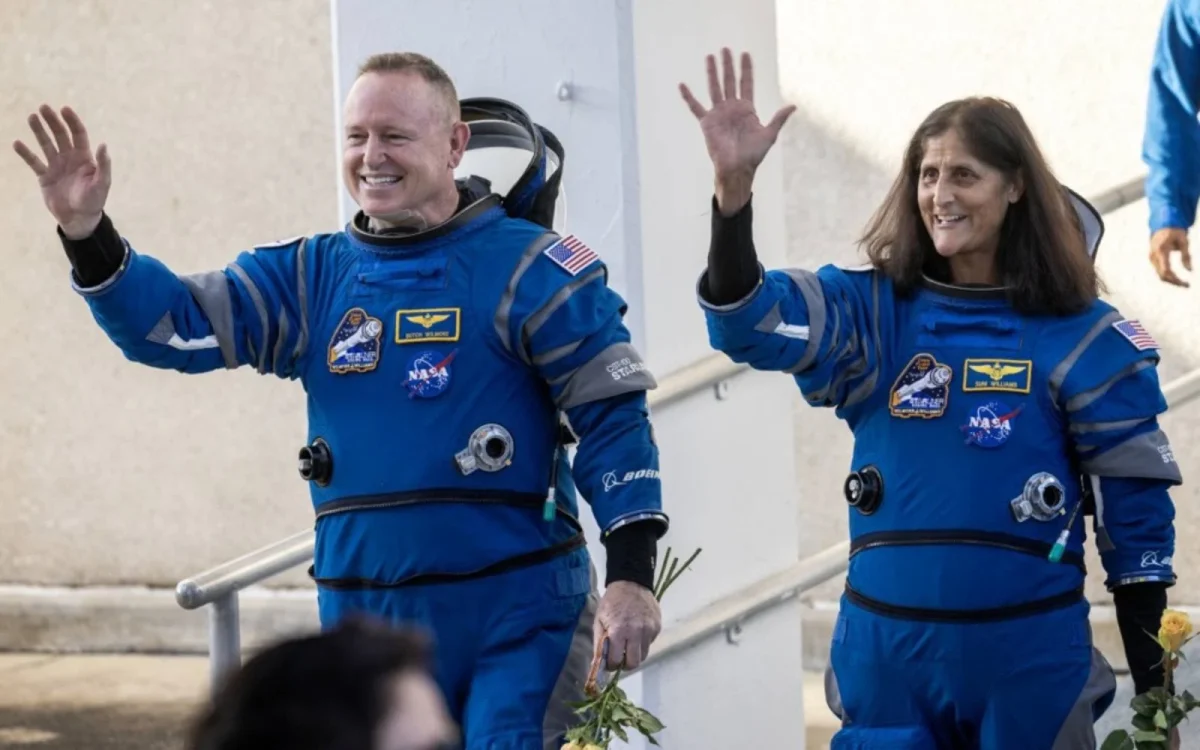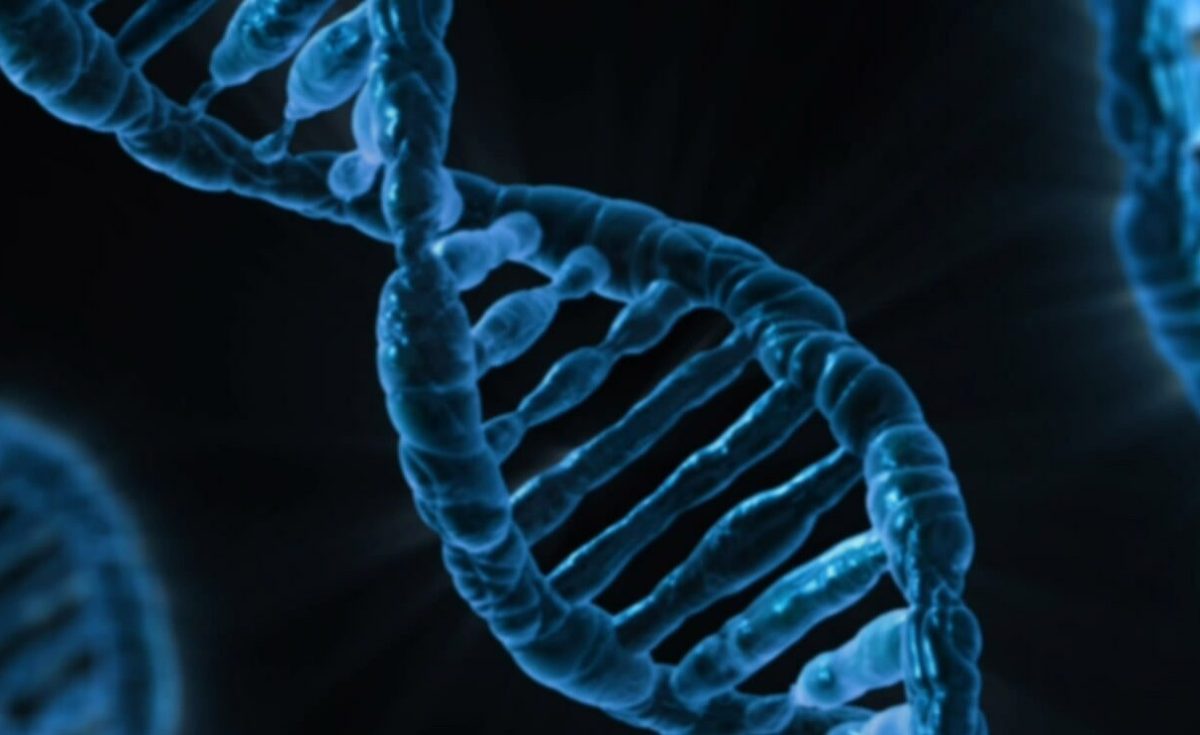For decades, playwrights, screenplay writers, and authors alike have sworn by the concept of “love at first sight”—to them, the chemistry between two individuals who were simply fated to be together is undeniable. However, scientists often argue the opposite: love at first sight is simply a physical attraction, failing to account for the personality and emotional compatibility that comes with being the true “perfect match” for someone. In order to settle this debate once and for all, let’s first explore what love at first sight truly means.
In the media, love at first sight is depicted as immediate compatibility and attraction upon two individuals’ first meeting—examples include Noah and Allie from The Notebook or Jane Bennett and Charles Bingley from Pride and Prejudice. Although there may be bumps along the road of their relationship, their instant attraction and seemingly perfect harmony carries them through any and all obstacles, keeping them together.
From a scientific perspective, this initial attraction and continued compatibility is often viewed in a different light. According to The Royal Institution of Science, the feeling of love that we experience “releases large amounts of oxytocin and dopamine.” The release of these notable hormones results in a euphoric, “head over heels” feeling due to the dopamine’s presence, and a sudden sense of trust and affection due to the oxytocin. The strengthening of these feelings over time is what contributes to a long-lasting bond between two individuals.
Although in minimal concentration, these hormonal effects are likely to occur at first sight—contrary to popular belief. The Royal Concentration of Science continues to describe how “prolonged eye contact can increase the romantic attraction they feel toward each other,” due to growing levels of oxytocin contributing to a rush of trust, affection, and a yearning for a stronger bond.
However, it’s important to note that this initial attraction varies depending on the beholder. The individuals’ mindset when making the first impression leading to love at first sight is incredibly important—if they enter assuming any chemical attraction they feel is purely physical, their feeling of “head over heels” might be more controlled. On the other hand, entering with the expectation of true love and a newfound relationship might heighten the effects of the chemical attraction and lead to the euphoric feeling we associate with love at first sight.
As a whole, the science behind love at first sight reveals that our feelings are often dictated by the various hormonal releases that occur when first meeting someone. Depending on how the individual interprets it, they might just feel a tug of affection encouraging them to get to know each other better— potentially leading to the blossoming relationships portrayed by the media.
Evidence suggests that aspects of the media’s depiction of instant attraction and firm scientific holdings are correct. However, the “perfect” idealized relationships portrayed in the media are likely not attainable unless the compatibility of values, morals, and personality is taken into account. Unfortunately, the more practical chemistry cannot be determined with a mere glance and requires a legitimate development of a potentially budding relationship. Both “sides” of the science versus media argument have the tendency to dramatize their perspective, but the true perception of love at first sight is often up to the beholder.







